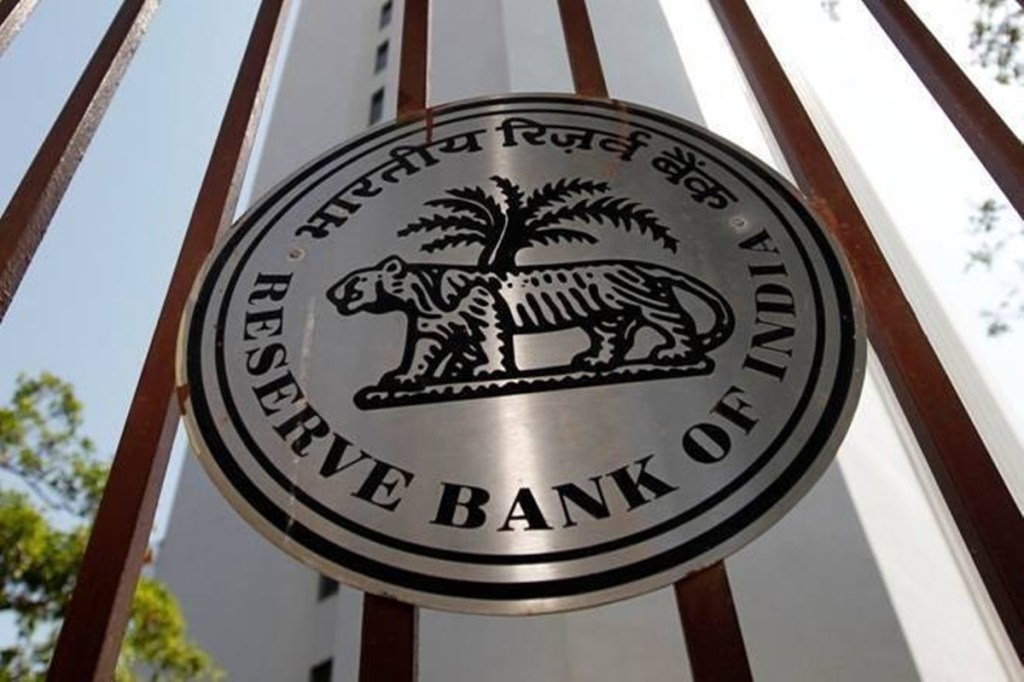The Reserve Bank of India (RBI) is examining use cases of a central bank digital currency (CBDC) and is also looking at a phased implementation strategy. T Rabi Shankar, deputy governor of the RBI, said on Thursday the central bank was exploring the pros and cons for introduction of CBDC for some time and conducting pilots for it may be a possibility in near future.
A CBDC is a form of virtual currency that is issued by a central bank as an alternative to cash. Unlike cryptocurrencies, CBDCs are backed by the sovereign reserves of nation states and are thus not subject to the same volatility.
“Introduction of CBDC has the potential to provide significant benefits, such as reduced dependency on cash, higher seigniorage due to lower transaction costs, reduced settlement risk,” Shankar said while addressing an event organised by Vidhi Centre for Legal Policy.
The deputy governor said the RBI’s definition of CBDC is a digital form of sovereign currency that can be converted into cash or sovereign-backed deposits. With this, India joins countries such as China, Russia and the UK, which have taken steps towards introducing CBDCs. Generally, countries have implemented specific purpose CBDCs in the wholesale and retail segments. “Going forward, after studying the impact of these models, launch of general purpose CBDCs shall be evaluated,” Shankar said.
He also cautioned against risks associated with the digital currency. “There are associated risks no doubt, but they need to be carefully evaluated against potential benefits. As is said, every idea will have to wait for its time. Perhaps the time for CBDCs is nigh,” he said.
Although CBDCs are conceptually no different from banknotes, introduction of CBDC would require an enabling legal framework since the current legal provisions are made keeping in mind currency in paper form under the Reserve Bank of India Act, 1934.

